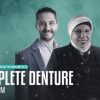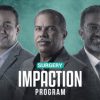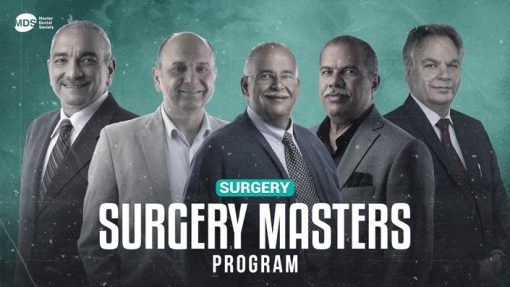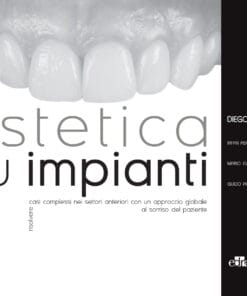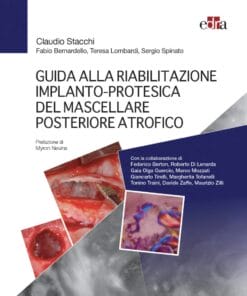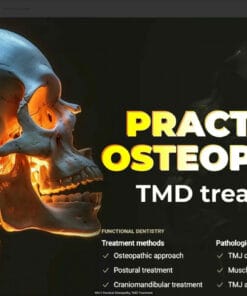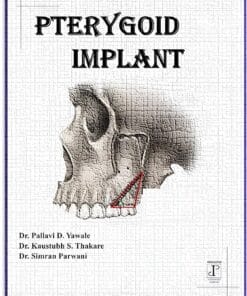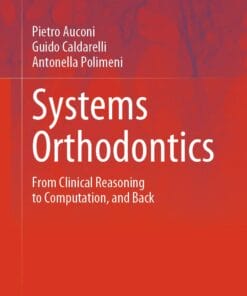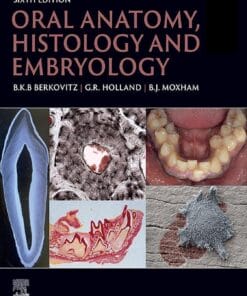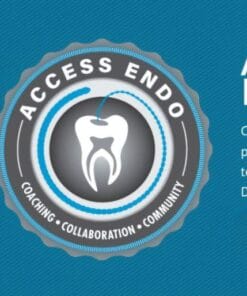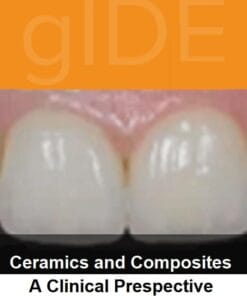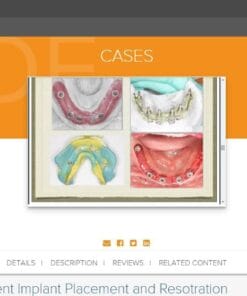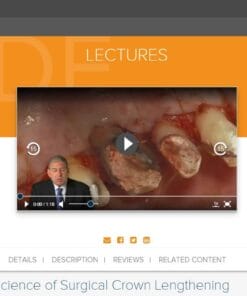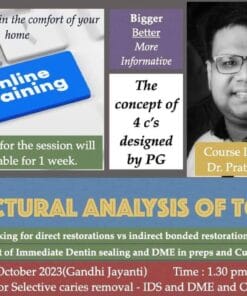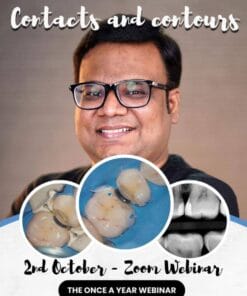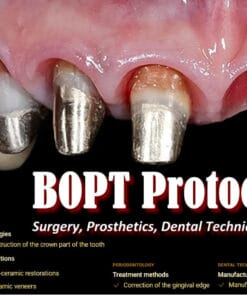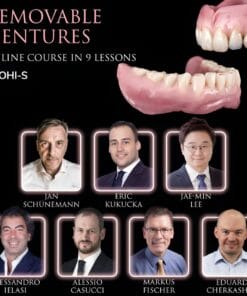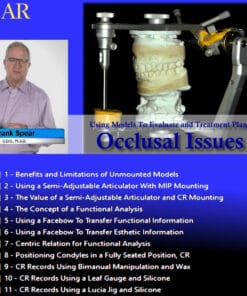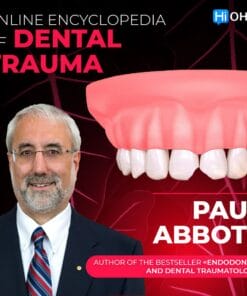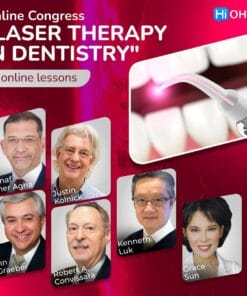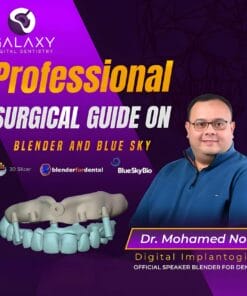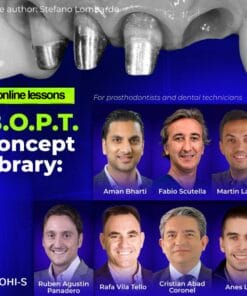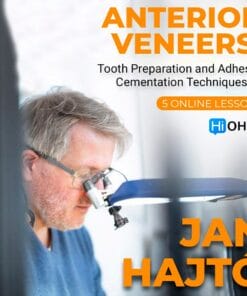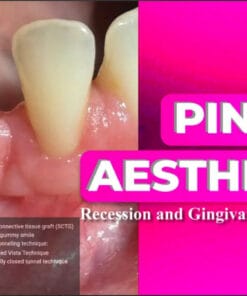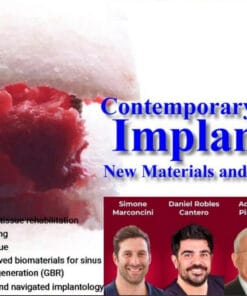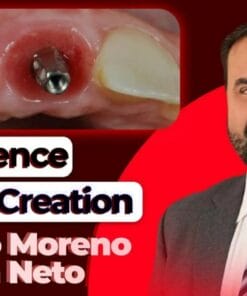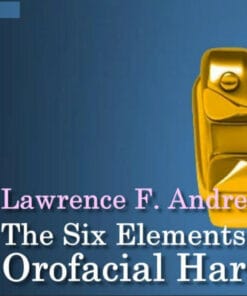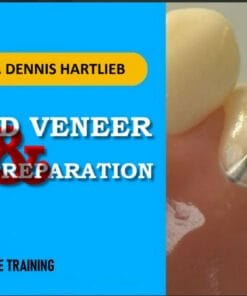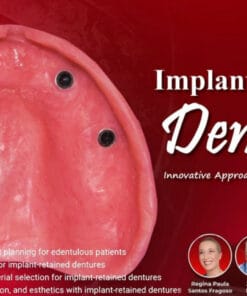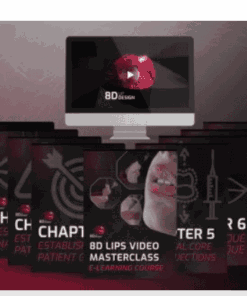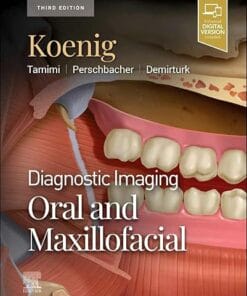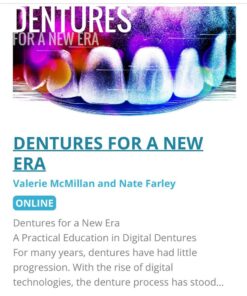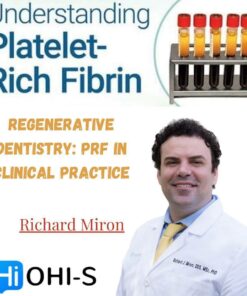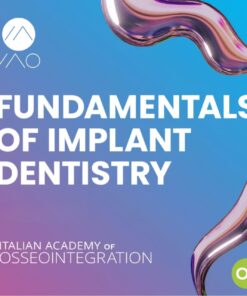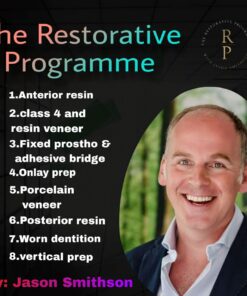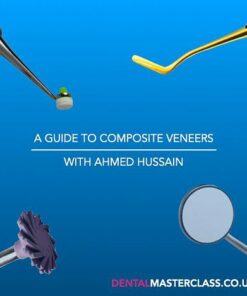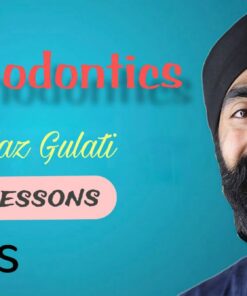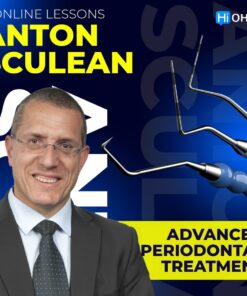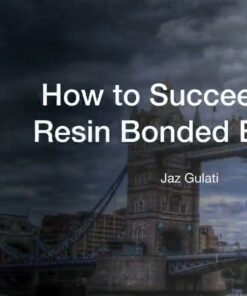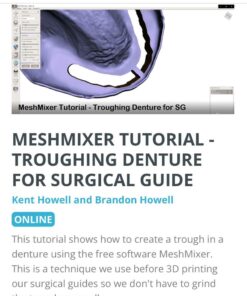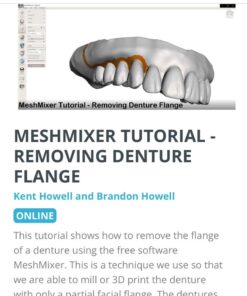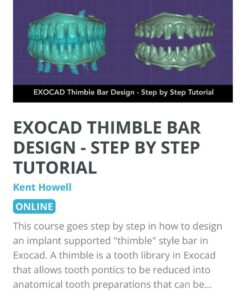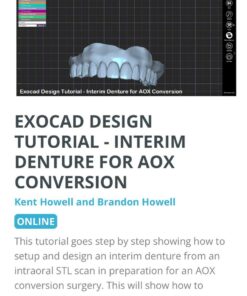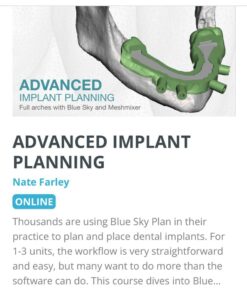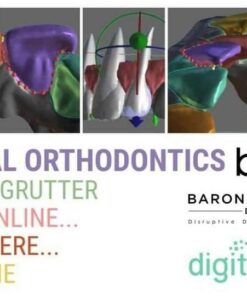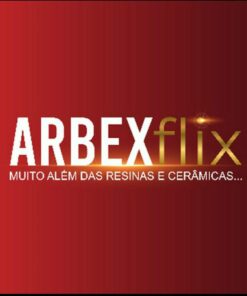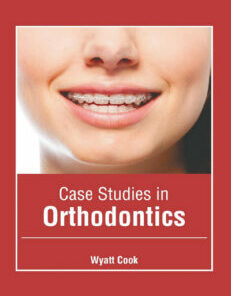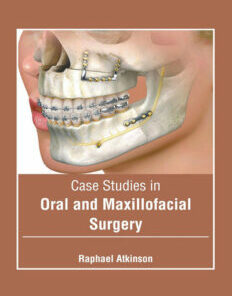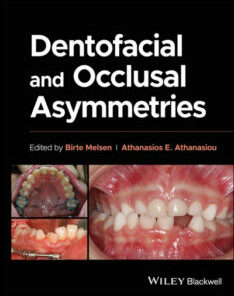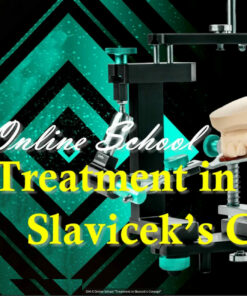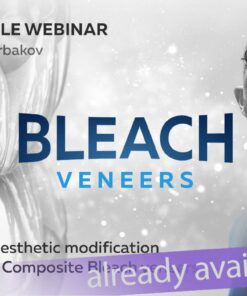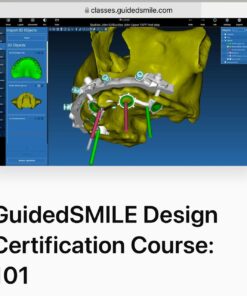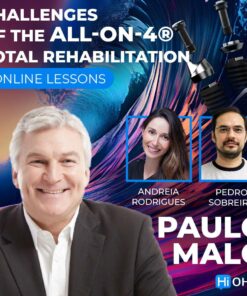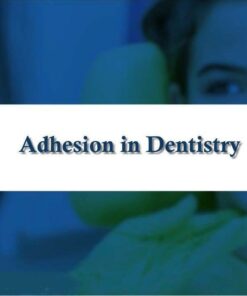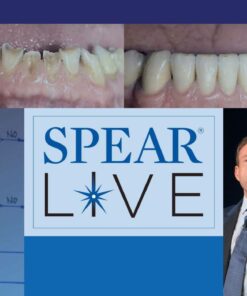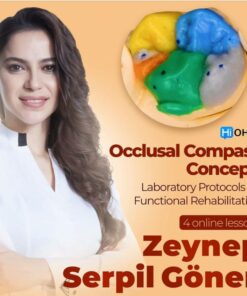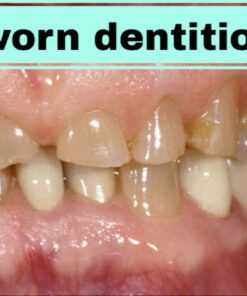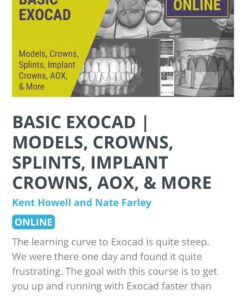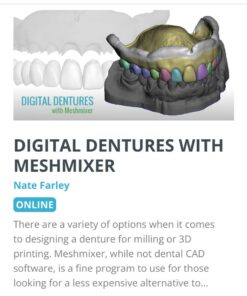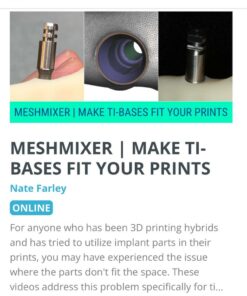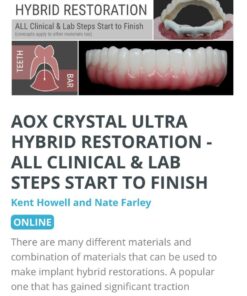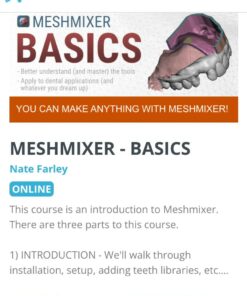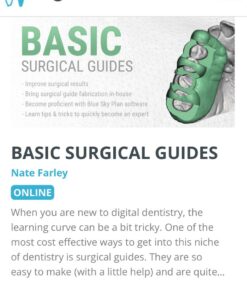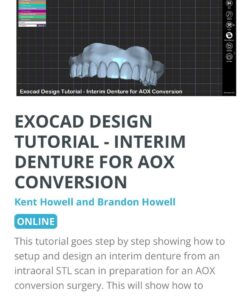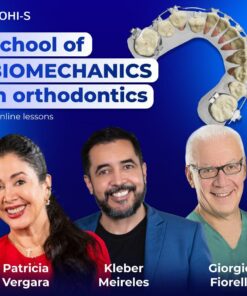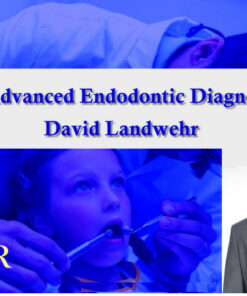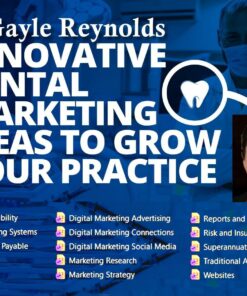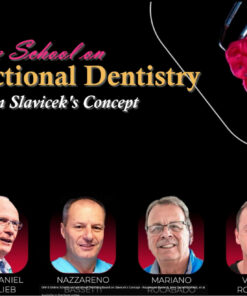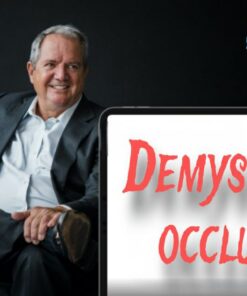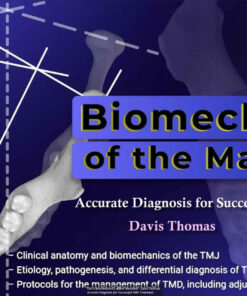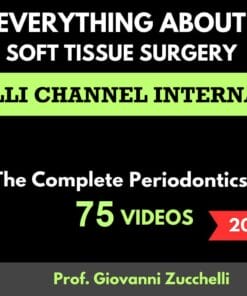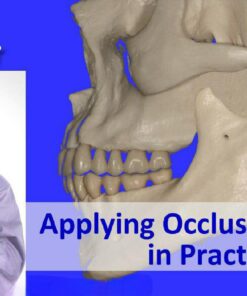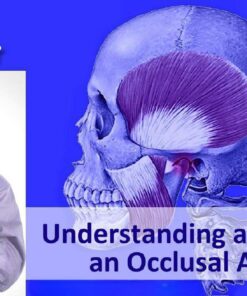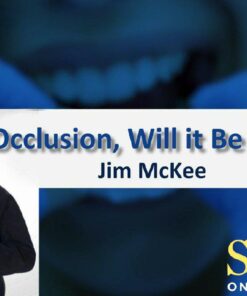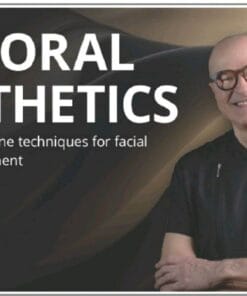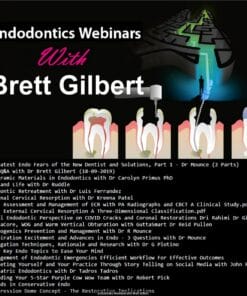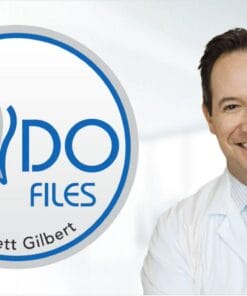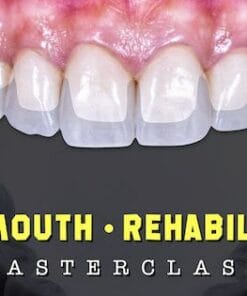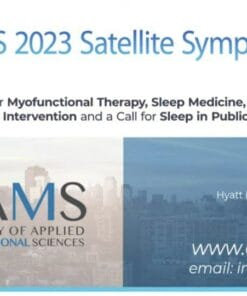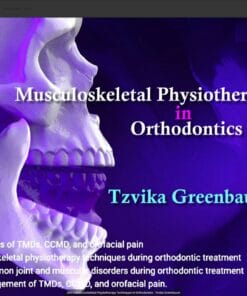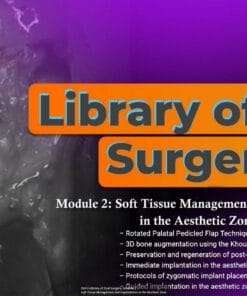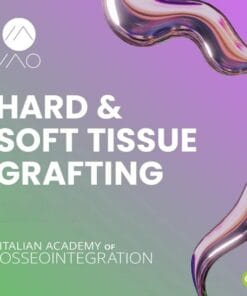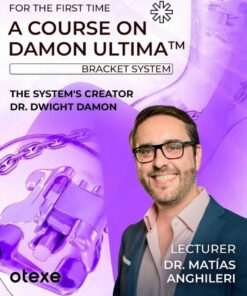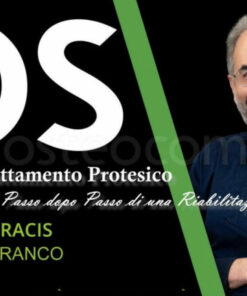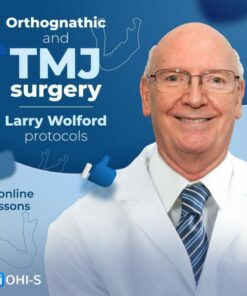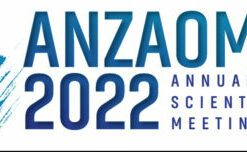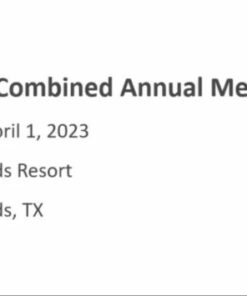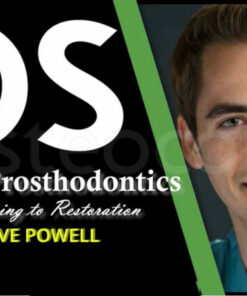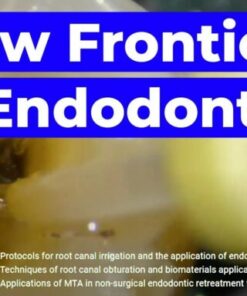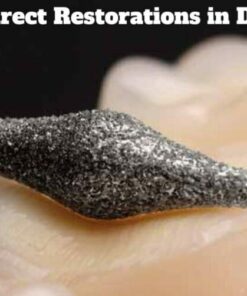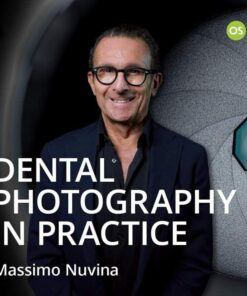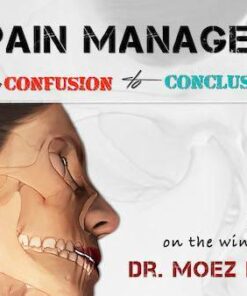Surgery Masters Program ( 12 Credit Hours ) (Course)
25 $
Surgery Masters Program
Surgery Masters Program ( 12 Credit Hours )
The Surgery Masters Program is a comprehensive educational program that covers various areas of surgery. This program includes four courses in total, enabling the students to learn about multiple topics. These courses are centered around the Management of Impacted Teeth, Management of Maxillofacial Trauma, Orthognathic Surgery, and TMJ Disorders. Each course consists of numerous lectures, where they explore different aspects of the respective field. This article will thoroughly examine the videos of each course, assess their quality, and recommend them to students accordingly.
Management of Impacted Teeth: Prof. Dr. Salah AbdelFattah presents the course “Management of Impacted Teeth” consisting of 18 lectures that cover various aspects of the management of impacted teeth. The course’s structure is well-defined, and the instructor provides in-depth information on the topic. The lecturer also gives students practical tips for each procedure they perform. Students also receive a detailed handout summarizing the key lecture points.
Topics
Surgery Masters Program ( 12 Credit Hours ) Management of Impacted Teeth - Prof.Dr.Salah AbdelFattah Start 1-Introduction & Outline1 (1:34 ) Start 2-Why should we remove all impacted teeth (1:50 ) Start 3-Dentigerous cyst (4:37 ) Start 4-Case Presentation of OKC (11:08 ) Start 5-Preoperative assesment of impaction (2:11 ) Start 6-Radiographic preoperative assesment of impaction (8:48 ) Start 7-Is C.T. necessary in the management of impacted teeth (7:20 ) Start 8-Role of CT in management of impaction (17:28 ) Start 9-Local vs General anesthesia (1:25 ) Start 10-Preoperative medications (1:23 ) Start 11-Incision (4:19 ) Start 12-Reduction of resistance (1:52 ) Start 13-Bone removal & surgical burs (1:53 ) Start 14-Tooth sectioning (2:08 ) Start 15-Luxators and Elevators (1:18 ) Start 16-Postoperative Management (0:59 ) Start 17-How to minimize edema (2:00 ) Start 18-Case presentation on complications (3:23 ) Start Handout Management of Maxillofacial Trauma - Prof.Dr. Hossam Barghash Start 1. introduction and outlines- (4:54 ) Start 2. Emergency Evaluation (29:31 ) Start 3. fracture Mandible (1:51 ) Start 4-Oropharyngeal Airway (7:43 ) Start 5-Difference between Airway & Breathing- (5:24 ) Start 6-Circulation-_1 (11:37 ) Start 7-Eye Examination- (2:28 ) Start 8-Second Rapid Survey- (6:40 ) Start 9-Wound Debridement-_1 (7:24 ) Start 10-Diagnosis of Craniofacial Skeleton- (12:05 ) Start 11. Segments Displacement (4:20 ) Start 12-Types of X-ray (4:56 ) Start 13-Fracture Management- (10:31 ) Start 14-Bone Healing- (4:31 ) Start 15-Fracture in Children (5:07 ) Start 16-Management of Atrophic Mandible- (3:38 ) Start 17-Condylar Fracture- (3:56 ) Start 18-Treatment of Codtlay Fracture - (1:32 ) Start 19-Maxillary Fracture - (3:08 ) Start 20-Classification of Maxillary Fracture - (4:11 ) Start Handout Orthognathic Surgery - Prof.Dr.Dr.Emad Saied Start 1-Introduction (4:07 ) Start 2-Facial Appearance (4:42 ) Start 3-What is grotesque and deformity (3:26 ) Start 4-Normal Face (4:52 ) Start 5-The facial presentation in relation to personal acceptance- (11:57 ) Start 6-Angular facial measurements (3:47 ) Start 6-1 Frontal Facial Points of Interests (4:10 ) Start 6-2 Lateral Facial Points of Interest (1:21 ) Start 6-3 emphasis on the lower third of the face (8:40 ) Start 6-4 LATERAL ANTROPOSTERIOR DENTAL ARCH RELATIONSHIP (14:57 ) Start 6-5 The role of mandibular anteroposterior position on the lip-chin projection- (12:44 ) Start 7-Classification of dentofacial deformities (11:33 ) Start 8. Assessment of facial growth (19:58 ) Start 9. Work-up of Dento-Facial Deformity Case (Orthognathic Data Base) (13:58 ) Start 10. Making Mount Models and Work-up Model Surgery (14:16 ) Start 11. Examples of some facial deformity (5:16 ) Start 12. Combined cases - Maxillary excess and mandibular deficiency - (4:22 ) Start 13. Common surgical techniques_1 (10:31 ) Start 14. Clinical cases (12:15 ) Start Handout TMJ Disorders - Prof.Dr.Dr.Emad Saied Start Course Introduction (4:38 ) Start lecture 1 -Use an abuse of antibiotics among dental practictionars (12:58 ) Start lecture 2 anatomical consideration of TMJ (9:53 ) Start Lecture 3 Osteology (13:38 ) Start lecture 4-1 soft tissue of the TMJ (12:35 ) Start lecture 4-2 soft tissue of the TMJ 2 (11:44 ) Start lecture 4-3 soft tissue of the TMJ 3 (12:20 ) Start lecture 5 Muscles of mastication (7:49 ) Start lecture 6 Parasagittal Muscles - joint anatomy (10:00 ) Start lecture 7 Coronal Muscles - joint dissection (9:35 ) Start lecture 8 Nerves and vessels- (3:06 ) Start lecture 9 classification of TMJ disorder (10:10 ) Start lecture 10 Contributing factors affecting temporomandibular joint disorders (10:08 ) Start lecture 11 Diagnosis of TMJ problems (11:04 ) Start lecture 12-1 Management for TMJ disorder (4:49 ) Start lecture 12-2 Management of TMJ disorder by intraoral appliance (8:35 ) Start lecture 13 Modes of action of intraoral appliance (5:05 ) Start lecture 14 Aggressive management of TMJ disorder (10:05 ) Start lecture 15 Surgical management of TMJ disorder (11:05 ) Start lecture 16 Anatomical relation between the joint and the eye (4:19 ) Start Handout Early Detection of Oro-Facial Tumors by General Dentists - Prof.Dr.Dr.Emad Saied Start 1- Introduction33 (0:48 ) Start 2- Outline and Overview (20:22 ) Start 3- Characteristics of oral mucosa (9:37 ) Start 4- Normal variations of certain parts of the mouth (2:50 ) Start 5- Tongue (7:36 ) Start 6- Lymphoid aggregation (18:05 ) Start 7- Normal Variations (3:22 ) Start 8- Minor salivary glands (6:10 ) Start 9- Normal melanocytic pigmentations and vascular aggregations of the mouth (7:19 ) Start 10- Types of intaoral lesions (12:24 ) Start 11- Different lesions of the mouth (16:48 ) Start 12- Intraosseous vascular abnormalities of the jaw bones (4:52 ) S
Related Products
Dental Ebook And Video
Guida alla riabilitazione implantoprotesica del mascellare posteriore atrofico pdf
Dental Ebook And Video
Oral Anatomy, Histology and Embryology, 6th edition (Original PDF from Publisher)
Dental Ebook And Video
gIDE ondemand lectures – Edentulous Patient Implant Placement and Restoration
Dental Ebook And Video
gIDE ondemand lectures – The Art and Science of Surgical Crown Lengthening
Dental Ebook And Video
Structural Analysis of Tooth – The Concept of 4 C’s by Dr. Pratiek Gupta
Dental Ebook And Video
SPEAR Using Models To Evaluate and Treatment Plan Occlusal Issues – Frank Spear
Dental Ebook And Video
B.O.P.T. сoncept encyclopedia. For prosthodontists and dental technicians
Dental Ebook And Video
Precision in Laminate Ceramic Veneers: Tooth Preparation and Adhesive Cementation Techniques
Dental Ebook And Video
OHI-S Contemporary Advances in Implantology New Materials and Updated Protocols
Dental Ebook And Video
Tomorrow Tooth & OHI-S The 6 Elements of Orofacial Harmony – Lawrence F. Andrews
Dental Ebook And Video
OHI-S Implant-Retained Dentures Innovative Approach to Full-Arch Prosthetics
Dental Ebook And Video
RBB MasterClass,How to Succeed with Resin Bounded Bridges-Jazz Gulati
Dental Ebook And Video
Dental Ebook And Video
OHI-S Centric Relation, all Methods of Registration & Clinical Application
Dental Ebook And Video
Dental Ebook And Video
OHI-S Occlusal Compass Concept: Laboratory Protocols for Functional Rehabilitation
Dental Ebook And Video
AOX Crystal Ultra Hybrid Restoration: All Clinical & Lab Steps Start to Finish
Dental Ebook And Video
Dental Ebook And Video
Innovative Dental Marketing Ideas to Grow Your Practice – Gayle Reynolds
Dental Ebook And Video
OHi-S Biomechanics of the Mandible – Davis Thomas Accurate Diagnosis for Successful TMD Treatment
Dental Ebook And Video
Dental Ebook And Video
FMR – Full Course – Dr. Moez Khakiani (New online version with 2024 updates)
Dental Ebook And Video
OHI-S Musculoskeletal Physiotherapy Techniques in Orthodontics – Tzvika Greenbaum
Dental Ebook And Video
Dental Ebook And Video
Digital Hybrids for Dentists and Technicians Enjoy Tutorials with Exocad
Dental Ebook And Video
OTEXE A Course on Damon Ultima: Bracket System: The System’s Creator Dr.Dwight Damon
Dental Ebook And Video
Southwest Society of Oral and Maxillofacial Surgeons Combined Annual Meeting 2023
Dental Ebook And Video
Osteocom Implant Prosthodontics, from Planning to Restoration – David Powell


